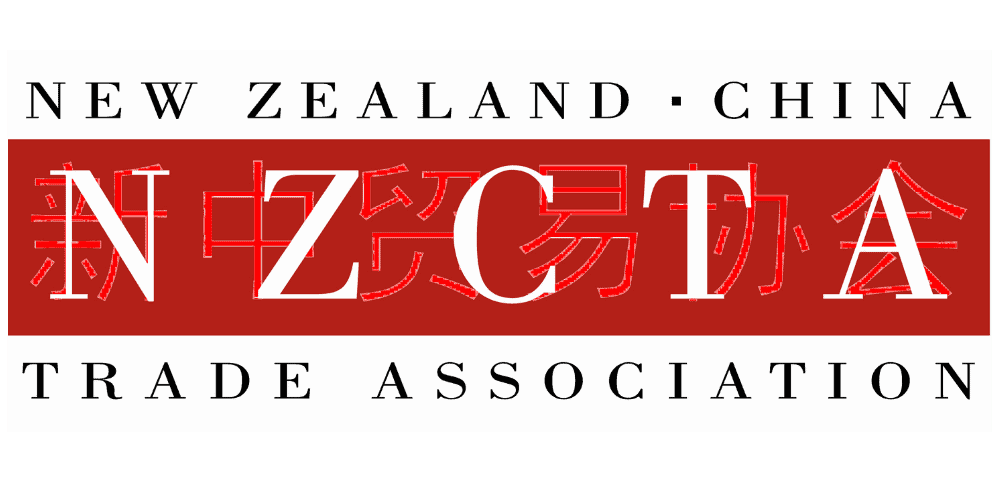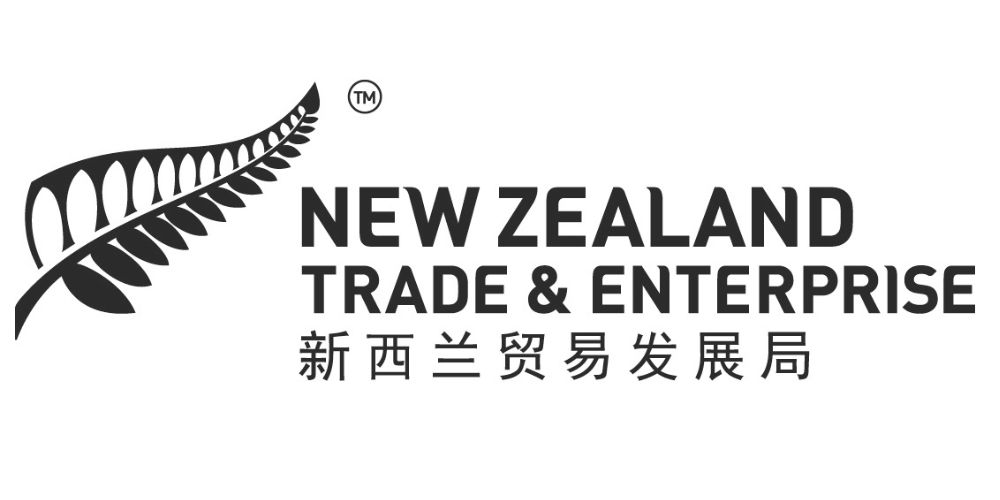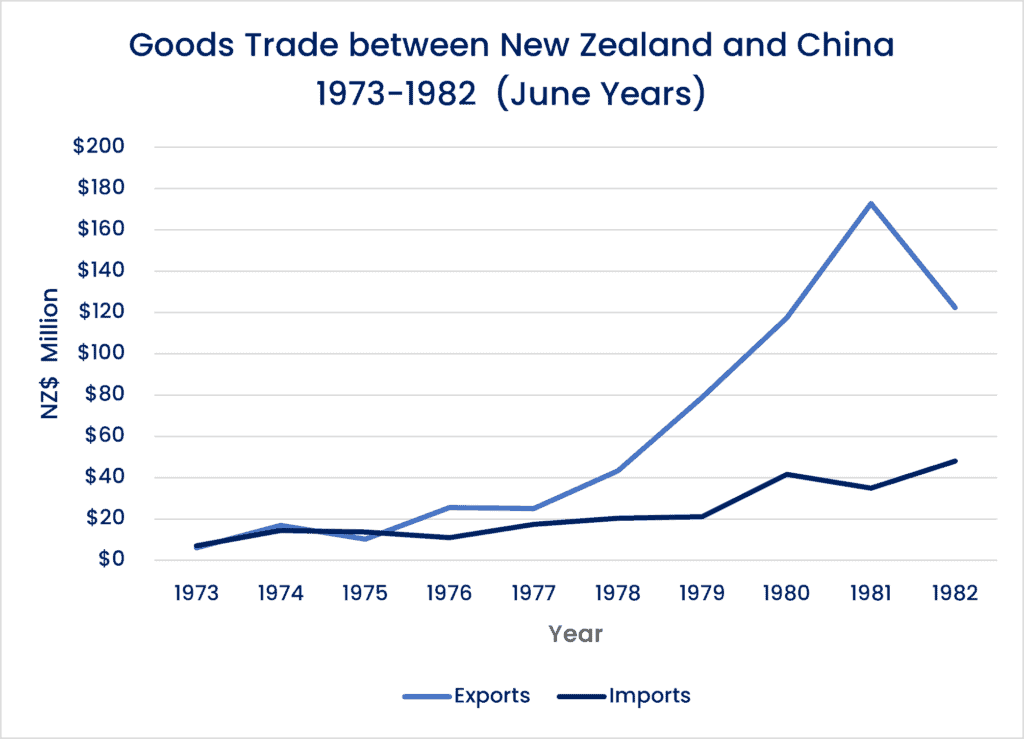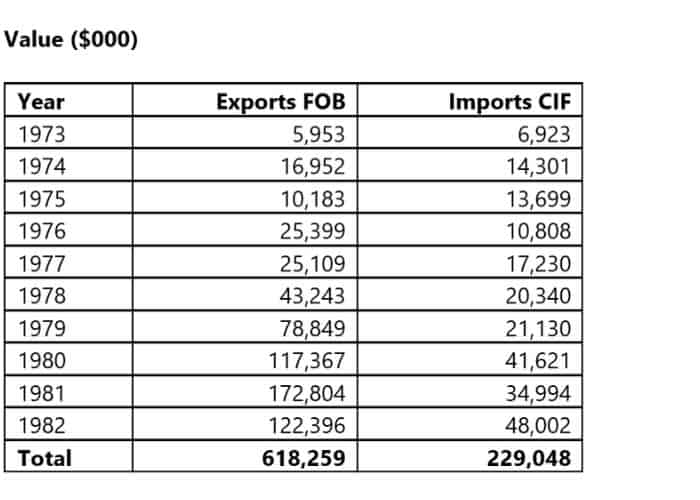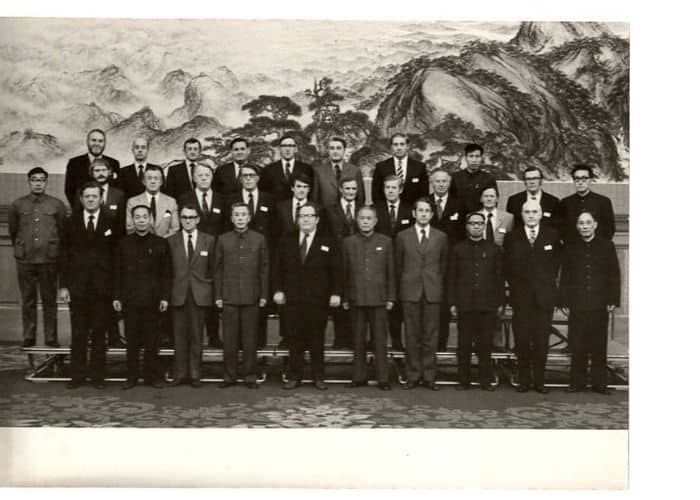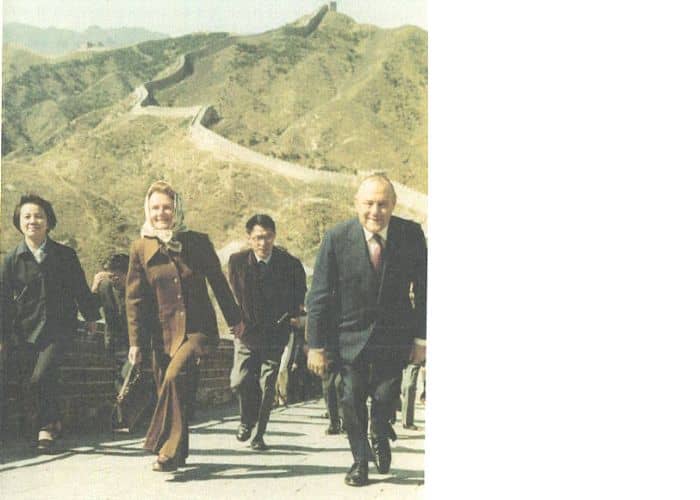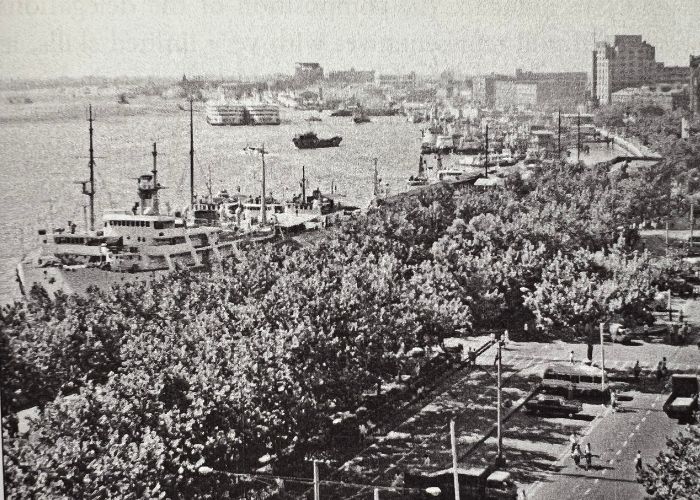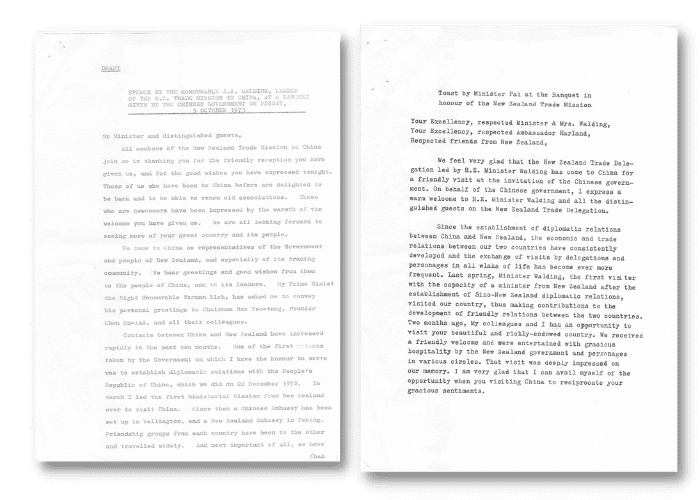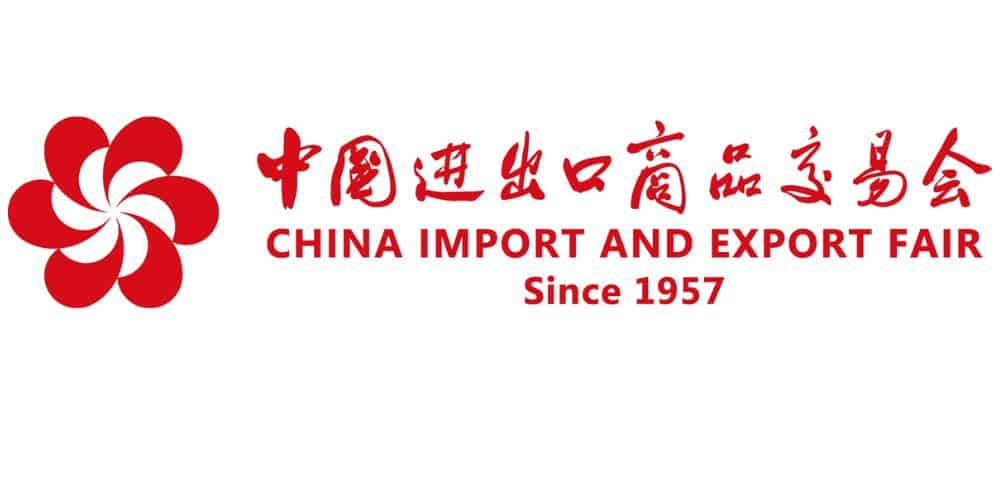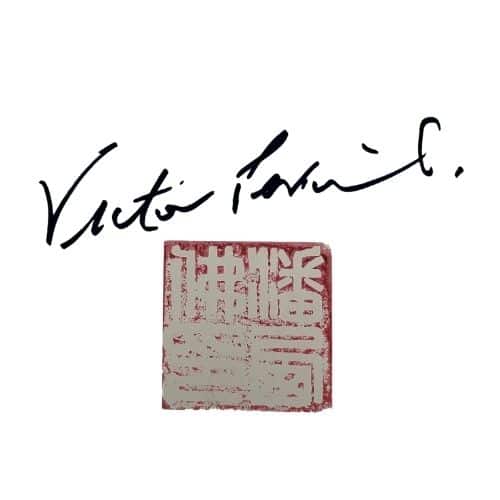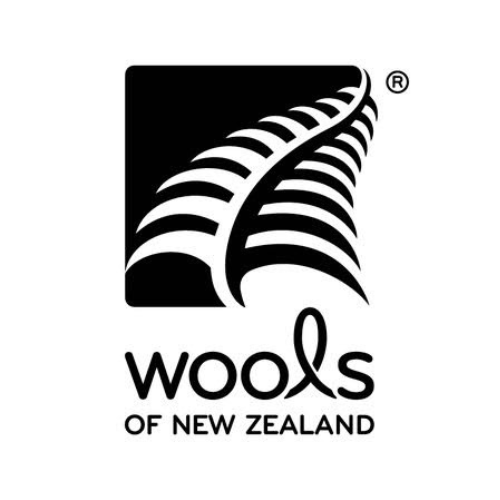Prime Minister Robert Muldoon became the first leader of New Zealand to visit China in April/May 1976, meeting with Chairman Mao Zedong. He was one of the last foreign leaders to do so and Mao died on 9th September 1976. On 28th July of that year there was a massive earthquake in northern China.
Following Mao’s death and some internal upheaval Deng Xiaoping became the Chinese leader in 1977. Late in 1978 China set a path of four modernisations in agriculture, industry, science and technology and defence that paved the way for an opening up of the Chinese market to international traders.
That year China established new export and import corporations and special economic zones, along with the China International Trust and Investment Corporation and New Zealand granted China developing country status -the first country to do so. This meant that 70 percent of China’s imports into NZ received a margin of preference.6
The New Zealand Deputy Prime Minister, Brian Talboys, accompanied by a group of leading businessmen, visited China in May 1979. This mission concluded there were good prospects for growth in existing trade as well as for co-operation in sectors such as agriculture, the steel industry, geothermal development, hotel construction and food processing.7
Prime Minister Muldoon made another visit in September of that year and met with Deng Xiaoping and Premier Zhao Ziyang.
In the June 1981 year China became New Zealand’s largest market for wool, a special and historical development for Roger Buchanan initially of the NZ Wool Marketing Corporation and following a merger in late 1977/early 1978, The New Zealand Wool Board. Roger first visited China in 1974 and is acclaimed for his role in growth of New Zealand’s wool exports over the decade and beyond. Roger was a frequent visitor to China (up to four times a year) while cementing a relationship with state owned Chinatex which purchased greasy wool from a number of well-established NZ exporters exclusively to produce handknitting yarns.8
Leo Tattersfield became a well-established wool exporter with connections in China through the Native Products and Animal By-products Corporation. Ron Howell – a long time importer from China through his company Vadco (which has since evolved into Macvad) was involved in wool exports. Ron went on to establish, with other China traders, New Zealand-China Trade Association (NZCTA) in 1981.9
